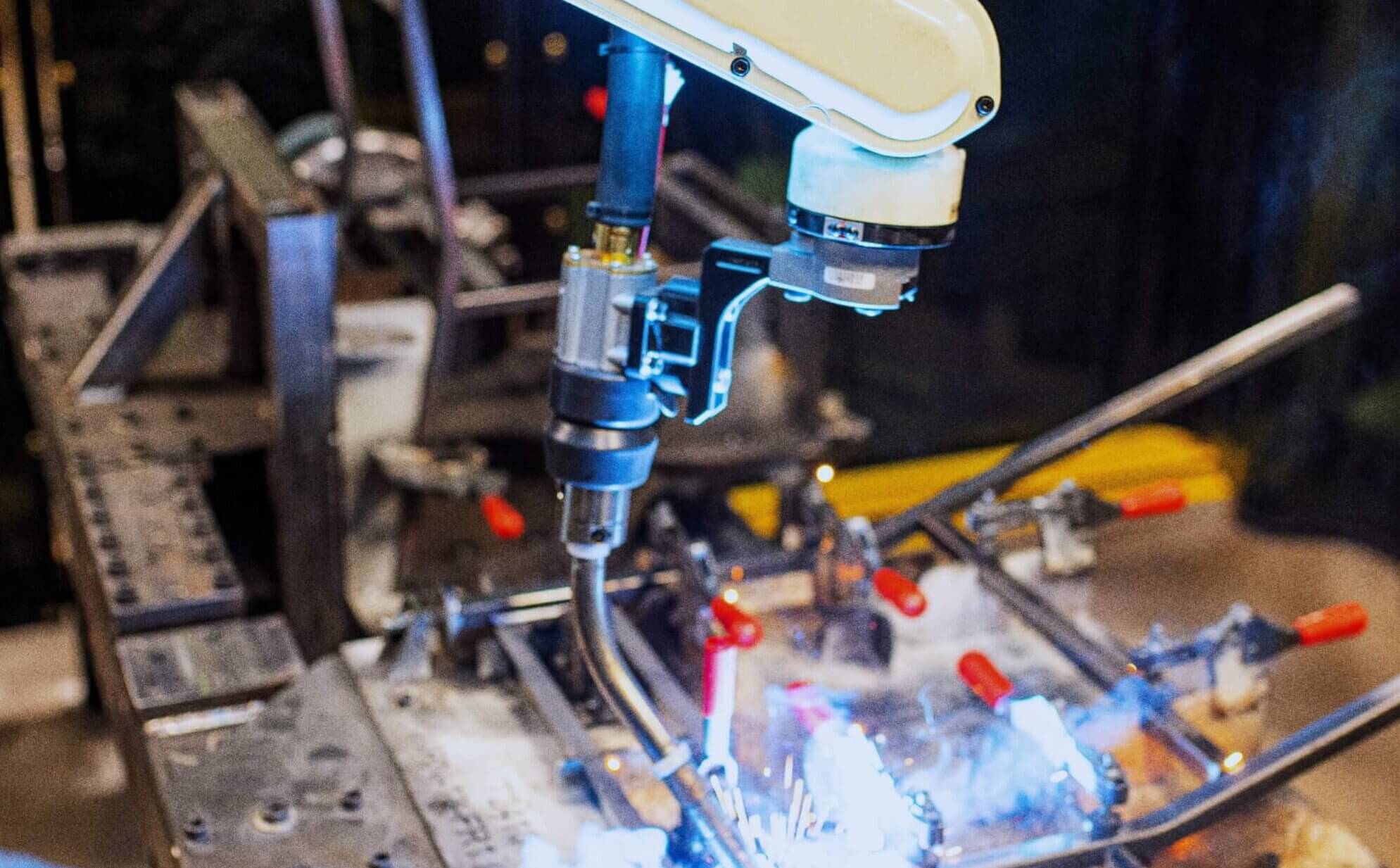
The Role of Robotics in Manufacturing
In recent years, the manufacturing industry has witnessed a rapid transformation with the advent of robotics. From assembly lines to quality control, robots have revolutionized various aspects of the manufacturing process. Their precision, efficiency, and versatility have made them an indispensable tool in modern factories. In this blog post, we will explore the role of robotics in manufacturing and how they are shaping the future of the industry.
Referring to the use of automated machines or programmable systems to perform tasks traditionally done by humans, robotics technology has brought about many advancements and benefits. Take a look at some of the key roles of robotics in manufacturing in this two-part series.
Automation of Repetitive Tasks
One of the primary roles of robotics in manufacturing is the automation of repetitive tasks. Robots excel at performing monotonous, tedious, and physically demanding operations with a high degree of accuracy and speed. Whether it is assembling products, packaging, or material handling, robots can tirelessly repeat these tasks without fatigue or errors. By automating such tasks, manufacturers can significantly increase productivity, reduce costs, and enhance overall efficiency.
Increased Productivity
By automating processes, robotics help improve overall productivity in manufacturing. Robots can work continuously, resulting in increased output and reduced cycle times. They can also operate at high speeds while maintaining accuracy, leading to high production rates.
Enhanced Precision and Quality Control
Precision is crucial in manufacturing processes, especially when it comes to intricate assemblies or delicate components. Robots are equipped with advanced sensors, computer vision, and AI algorithms that enable them to achieve unmatched levels of precision. They can consistently perform tasks with micron-level accuracy, ensuring the highest quality standards are met. Additionally, robots can conduct real-time quality control inspections, identifying defects or anomalies during production and minimizing the chances of faulty products reaching consumers.
Improved Workplace Safety
Traditional manufacturing processes often involve hazardous or physically demanding tasks that pose risks to human workers. By deploying robots in these areas, manufacturers can significantly improve workplace safety. Robots can handle tasks such as heavy lifting, hazardous material handling, and working in high-temperature environments with ease. This reduces the likelihood of workplace accidents, injuries, and long-term health issues for human employees. Moreover, robots can be designed with built-in safety features, including sensors and protective barriers, ensuring a safe working environment for both humans and machines.
Robotics in manufacturing offers numerous benefits, including increased productivity, improved quality, enhanced safety and more. Leonhardt Manufacturing has strategically integrated robotics into our welding processes, revolutionizing our output capabilities. By leveraging advanced robotic systems, we have streamlined and accelerated our welding operations, achieving higher levels of precision and efficiency. These robots are programmed to perform complex welding tasks with unmatched consistency, minimizing human error and reducing production downtime. This innovative approach has enabled Leonhardt Manufacturing to significantly boost welding output, meeting growing demands while maintaining exceptional quality standards. As technology advances further, robotics is likely to continue playing a pivotal role in transforming and shaping the future of manufacturing.
Contact Leonhardt Manufacturing today to learn more about our welding capabilities and how we can help you with your next project.